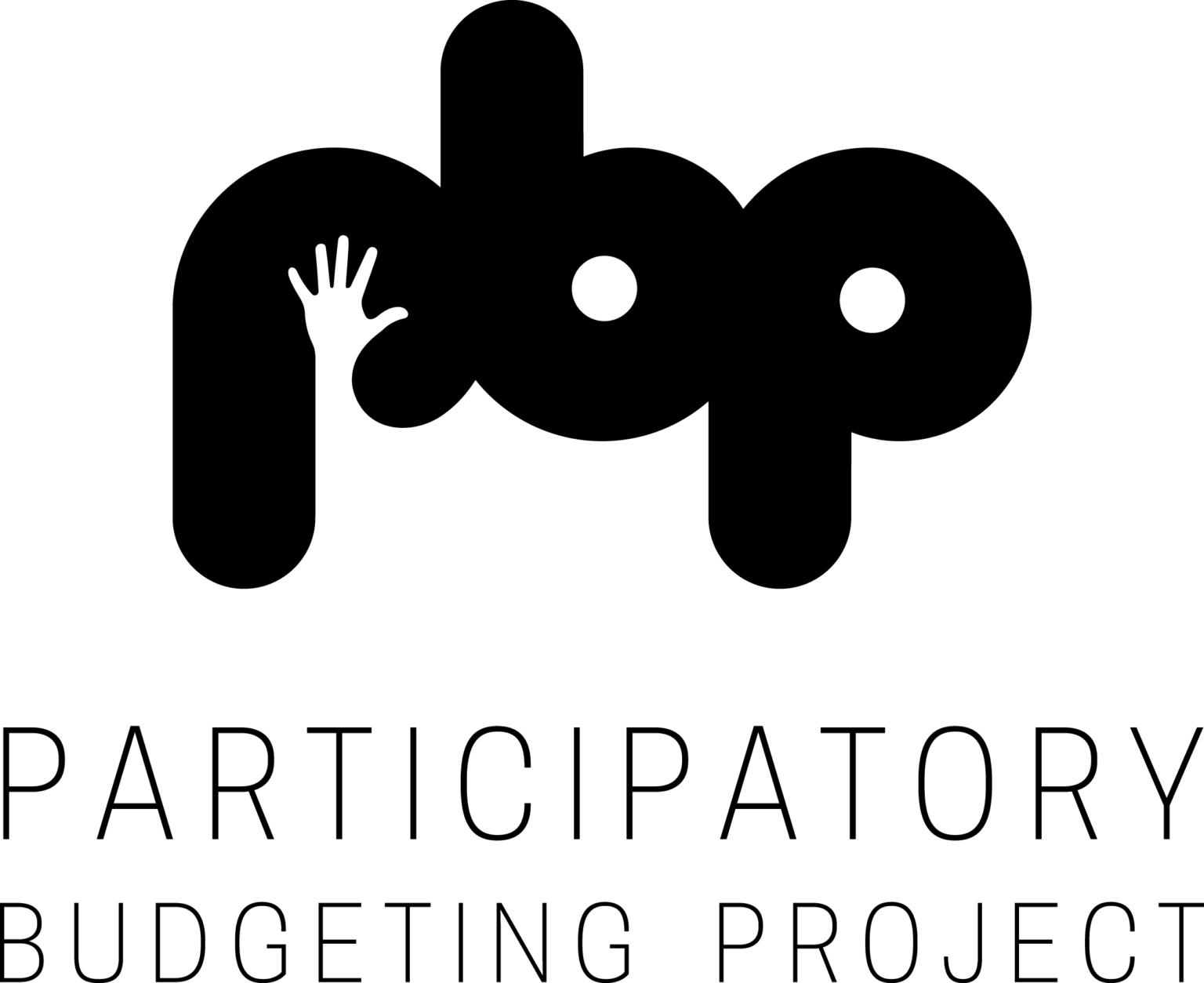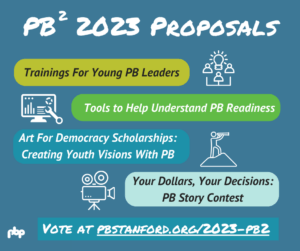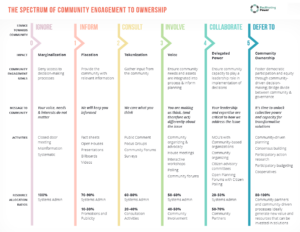The Participatory Bugdeting Project welcomes a new Deputy Director, Jennifer Godzeno, to its staff.
What brought you to PB? How did you hear about it as a process/nonprofit?
I have an urban planning background, and heard about PB in graduate school and in different circles as a kind of best practice.
When I graduated, I started working with Transportation Alternatives. They always try to link with other processes that help people get access to power, and help people push for sustainable street improvements. I made maps about where crashes happen, etc. to help inform people so they can make proposal decisions.
How do you imagine PB growing in the future? What do you want for it?
I would like to see it scale up to the state level, and maybe work with transportation officials, such as the state DOT.
There are so many perverse incentives for cities and states to invest in roads and sprawl instead of sustainable infrastructure like bike lanes and public transportation. PB, before I came, was starting a collaboration with HUD as part of the White House’s open gov office, to figure out how to insert Participatory Budgeting into local community development block grants that help them provide affordable housing and stuff.
There are a lot of rules, but not much accountability about how the money is handled or any community input about what it is used for. It’s really difficult because there are so many layers of bureaucracy, and it’s hard for the federal government to keep track of the local government. HUD sees PB as a useful citizenship engagement tool, but also as a useful anti-corruption tool. Instead of having to do intense work to investigate corruption, PB is a kind of preventative measure.
Instead of having to do intense work to investigate corruption, PB is a kind of preventative measure.
This way, PB could act like a bridge between federal money and getting services and infrastructure on the ground.
PB also proves that there is a wisdom in the crowds. The government doesn’t actually trust the people, but that’s because of the type of people who typically engage with government nowadays (e.g., “professional citizens”, NIMBYs). Participatory budgeting proves that there is a wisdom, and that the public understands collectively what the community needs and what is equitable.
Do you think your new status as a commuter will change your perspective on transportation or PB? Do you think that you will be inspired by your new community or want to bring PB to Stamford?
If real people were in charge of the budget, we wouldn’t have the same kinds of transportation problems that we have now. What happens is that there are backlogs of non-investment in public transit because politicians don’t think it’s electorally important, and they stall on investments in updating the signals or trains and do nothing until something tragic happens – like a derailment. If people who commuted were in charge of budgeting, then they would know what needs to get done, and our transportation systems would work much better than they do.
If people who commuted were in charge of budgeting, then they would know what needs to get done, and our transportation systems would work much better than they do.
I would love to see the PB process in my own community, I am active and volunteer there, so it would be great for it to come to Stamford. PB is great because they implement the process at a variety of scales. It’s great to have PB in places like New York City and Chicago, but most cities aren’t big cities like these. That can make it seem daunting for citizens and officials to bring it to their own city. Having PB in places like Vallejo and Buffalo, medium sized cities, can cause other smaller places to think that Participatory Budgeting could also work for them.






